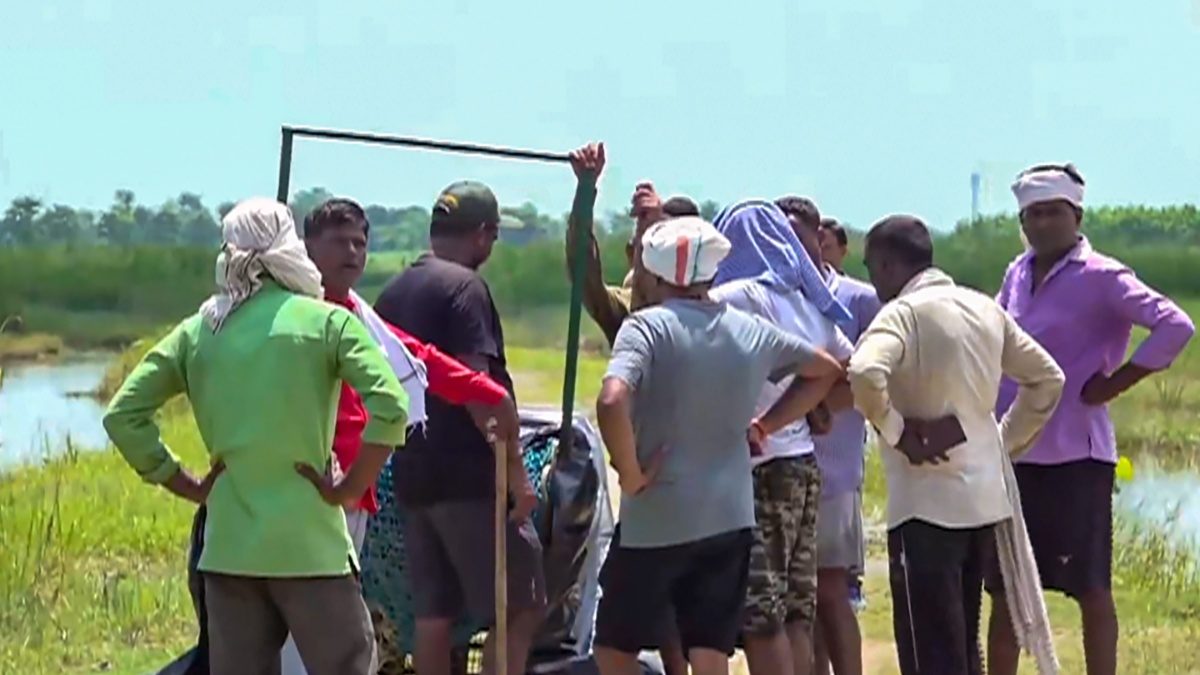The remote district of Bahraich in Uttar Pradesh has been gripped by fear following a series of wolf attacks that have left several people dead and injured. These attacks have brought the region’s long-standing human-wildlife conflict to the forefront, raising concerns about the effectiveness of the government’s response to the situation.
A Reign of Terror: The Recent Wolf Attacks
The recent attacks began in July 2023 and have since claimed the lives of at least eight people, including seven children. These incidents have sent shockwaves through the community, leaving residents terrified and struggling to cope with the loss of life. The attacks have also sparked a debate about the inadequate resources and strategies being employed by the authorities to address the escalating situation.
Targeting the Vulnerable: The Victims of the Attacks
The wolf attacks have predominantly targeted vulnerable groups, including children and women, highlighting the predators’ boldness and their growing disregard for human presence. The attacks often occur during the night, while people are asleep, leaving them completely unprepared. This raises concerns about the safety and security of the local population, especially those living in close proximity to forested areas.
The Hunt for the Man-Eaters: ‘Operation Bhediya’
The Uttar Pradesh Police and the forest department have launched “Operation Bhediya” to track down and capture the man-eating wolves responsible for the attacks. The operation is employing a multi-pronged approach, involving intensive combing operations in the affected areas, setting up traps, and leveraging advanced technology to monitor the wolves’ movements.
The Challenges of the Operation: A Complex Problem
Despite the efforts of the authorities, capturing the wolves remains a challenging task. The hilly and dense forests of Bahraich provide a perfect haven for these elusive animals, making it difficult to locate and track them. Additionally, the vast area that needs to be covered and the unpredictable nature of the wolves’ behaviour pose significant hurdles to the success of the operation.
A Call for Action: Addressing the Underlying Issues
While capturing the rogue wolves is crucial to ensure the safety of the local residents, it is important to address the underlying issues contributing to the rise in human-wildlife conflict in Bahraich. The conflict is not solely driven by the presence of predators, but also influenced by factors such as deforestation, habitat fragmentation, and a growing human population encroaching upon wildlife territories.
The Need for Sustainable Solutions: Beyond Short-Term Measures
Efforts to curb the conflict must go beyond short-term measures and focus on implementing long-term solutions. This includes promoting sustainable forest management practices, creating wildlife corridors to connect fragmented habitats, and raising awareness among local communities about peaceful coexistence with wildlife.
Take Away Points: A Pathway Forward
The recent wolf attacks in Bahraich serve as a stark reminder of the need to balance human needs with wildlife conservation. Moving forward, a holistic approach is needed to address the complex interplay of factors contributing to human-wildlife conflict. This includes:
- Collaborative Efforts: The need for effective collaboration between government agencies, local communities, and conservation organizations is paramount in finding long-lasting solutions to mitigate the human-wildlife conflict in Bahraich.
- Scientific Monitoring: Continued monitoring of the wolves’ movements and their behaviour is essential to develop effective strategies for capturing the man-eaters and reducing future incidents.
- Community Empowerment: Engaging with the local communities, educating them about the importance of wildlife conservation and empowering them with the necessary tools to co-exist peacefully with wild animals will be critical to the long-term success of any initiative.
- Sustainable Development: A shift towards sustainable development practices, including responsible land use, promoting alternative livelihood options for local communities, and reducing human encroachment on wildlife habitats will be vital in preventing future conflicts.
The human-wildlife conflict in Bahraich demands a concerted and comprehensive approach to address the root causes of the problem and find lasting solutions that ensure the safety and well-being of both people and wildlife.









